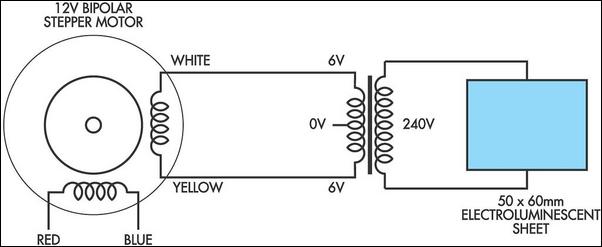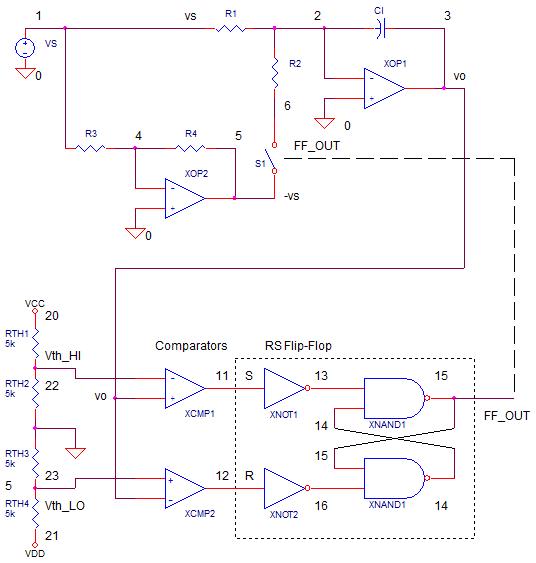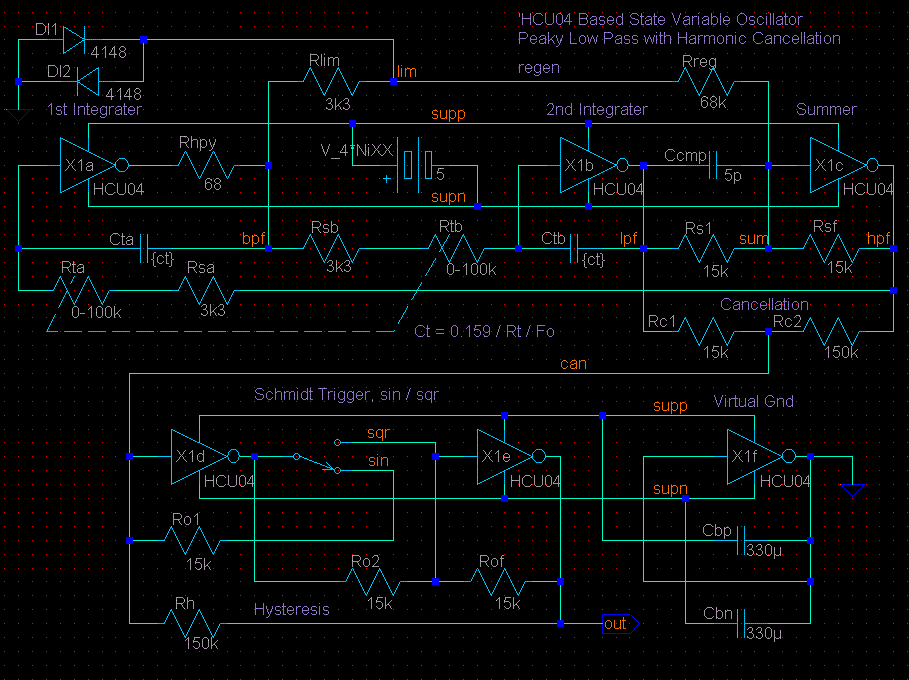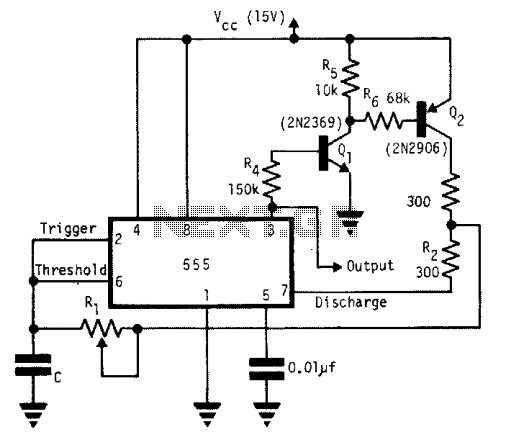
Luminescent Generator

When spun quickly between the fingers, a bipolar stepper motor generates approximately 10VAC. By utilizing a small transformer rated for 240V to 6-0-6V in reverse (with series-connected secondaries), a small bipolar stepper motor can effectively power a standard luminescent sheet measuring 5cm by 6cm at full brightness. These sheets are designed to operate within a voltage range of 20V to 200VAC (typically 115VAC), producing around 1.5 candelas of light, which is sufficient to dimly illuminate an average room or adequately light a camp table. The sheets are manufactured by Seikosha (RS Components Cat. 267-8726). It is recommended to use a small transformer with a current rating of approximately 100mA to avoid compromising efficiency. The two phases of the motor are typically color-coded with paired wires: white & yellow and red & blue; however, only one phase is utilized in this circuit. If a small bipolar stepper motor from a discarded 3.5-inch disk drive is employed, the luminescent generator can be constructed within a compact enclosure. To ensure the motor spins rapidly and smoothly, a geared handle may be integrated into the design.
The described circuit utilizes a bipolar stepper motor, which is a type of brushless DC motor that can be controlled to achieve precise positioning and speed. The motor generates an alternating voltage when spun, which is harnessed to drive a luminescent sheet. The transformer plays a crucial role in stepping up the generated voltage to the required levels for optimal operation of the luminescent sheet, which operates effectively within the specified voltage range.
The transformer must be selected carefully; a small transformer rated for around 100mA is optimal to maintain efficiency. When connecting the transformer, the secondary windings should be arranged in series to achieve the desired output voltage. The use of only one phase of the stepper motor simplifies the circuit design while still providing adequate power for the luminescent sheet.
The luminescent sheet's light output, quantified at 1.5 candelas, indicates its ability to provide sufficient illumination for small areas such as tables or tents. The integration of a geared handle not only facilitates the manual spinning of the motor but also enhances the user experience by providing a mechanical advantage, allowing for easier operation and sustained rotation.
Overall, this circuit represents a practical application of a bipolar stepper motor in energy generation and illumination, demonstrating an efficient method of converting mechanical energy into electrical energy to power a light source. The compact design potential, especially when using components from discarded electronics, highlights the feasibility of creating low-cost, portable lighting solutions.When spun rapidly between the fingers, a bipolar stepper motor will generate around 10VAC. If this is stepped up with a small 240V to 6-0-6V transformer in reverse (with series connected secondaries), a small bipolar stepper motor is capable of powering a standard 5cm by 6cm luminescent sheet at full brightness. These are designed to be powered fr om 20V to 200VAC (typically 115VAC), producing 1. 5 candelas of light - which will dimly light the average room, or adequately light a camp table. They are manufactured by Seikosha (RS Components Cat. 267-8726). The transformer should be a small one (around 100mA or so), otherwise efficiency is compromised. The wires of the motor`s two phases are usually paired white & yellow and red & blue. Just one of these phases is employed in the circuit. If a small bipolar stepper motor from a discarded 3. 5-inch disk drive is used, the Luminescent Generator may be built into a very small enclosure. To sustain rapid, smooth spinning of the motor, a geared handle may be added. 🔗 External reference
The described circuit utilizes a bipolar stepper motor, which is a type of brushless DC motor that can be controlled to achieve precise positioning and speed. The motor generates an alternating voltage when spun, which is harnessed to drive a luminescent sheet. The transformer plays a crucial role in stepping up the generated voltage to the required levels for optimal operation of the luminescent sheet, which operates effectively within the specified voltage range.
The transformer must be selected carefully; a small transformer rated for around 100mA is optimal to maintain efficiency. When connecting the transformer, the secondary windings should be arranged in series to achieve the desired output voltage. The use of only one phase of the stepper motor simplifies the circuit design while still providing adequate power for the luminescent sheet.
The luminescent sheet's light output, quantified at 1.5 candelas, indicates its ability to provide sufficient illumination for small areas such as tables or tents. The integration of a geared handle not only facilitates the manual spinning of the motor but also enhances the user experience by providing a mechanical advantage, allowing for easier operation and sustained rotation.
Overall, this circuit represents a practical application of a bipolar stepper motor in energy generation and illumination, demonstrating an efficient method of converting mechanical energy into electrical energy to power a light source. The compact design potential, especially when using components from discarded electronics, highlights the feasibility of creating low-cost, portable lighting solutions.When spun rapidly between the fingers, a bipolar stepper motor will generate around 10VAC. If this is stepped up with a small 240V to 6-0-6V transformer in reverse (with series connected secondaries), a small bipolar stepper motor is capable of powering a standard 5cm by 6cm luminescent sheet at full brightness. These are designed to be powered fr om 20V to 200VAC (typically 115VAC), producing 1. 5 candelas of light - which will dimly light the average room, or adequately light a camp table. They are manufactured by Seikosha (RS Components Cat. 267-8726). The transformer should be a small one (around 100mA or so), otherwise efficiency is compromised. The wires of the motor`s two phases are usually paired white & yellow and red & blue. Just one of these phases is employed in the circuit. If a small bipolar stepper motor from a discarded 3. 5-inch disk drive is used, the Luminescent Generator may be built into a very small enclosure. To sustain rapid, smooth spinning of the motor, a geared handle may be added. 🔗 External reference





